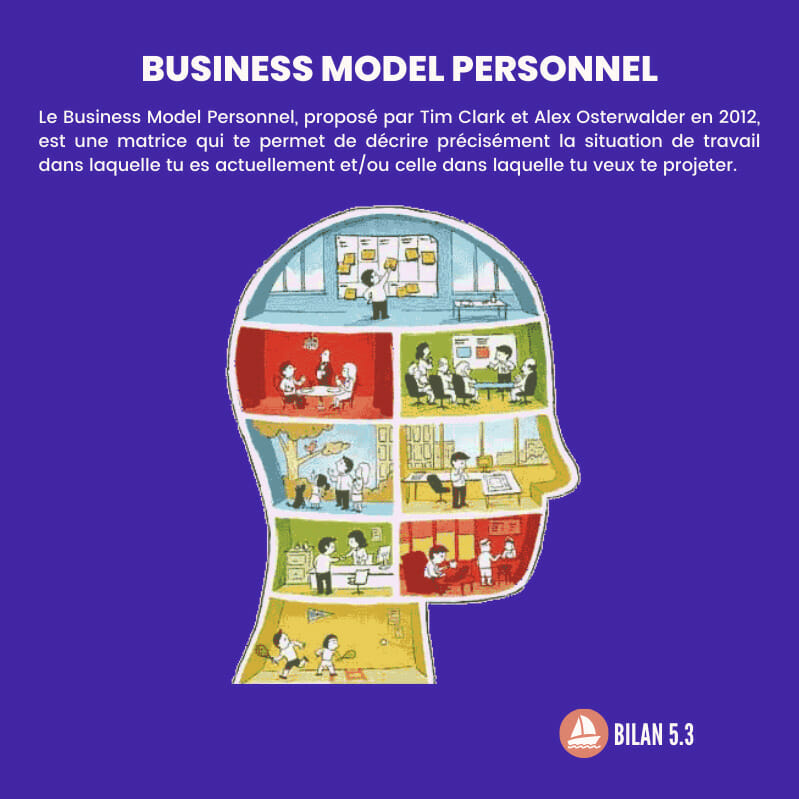
Don’t stop, but tailor-made sport
An injury can significantly reduce your interest in sports. Keep moving in a safe and healthy way with these tips.
Every year 4.5 million Dutch people sustain a sports injury, according to a 2013 measurement by SafetyNL. A year later, that had risen to 4.7 million injuries, so the number is increasing. It is not surprising that the Minister of Health made extra money available for a program to prevent sports injuries. Young athletes and men sustain the most sports injuries; think of ‘acute injuries’ such as ankle twists on the football field. The older athlete of 65-79 years prefers fitness, swimming or tennis.
At an older age, tendon problems and wear and tear are more common, according to sports doctor Anne van Vegchel. Think of an Achilles tendon injury or tennis elbow. Fortunately, you can do a lot yourself to prevent these injuries.
This is how you prevent an injury
Tip: Only exercise more heavily when you are symptom-free
The biggest cause of injuries is that novice athletes want to move too much too quickly, according to Van Vegchel. People start a workout schedule and move on to the next step each week. It is better to only go a step further when there are no more complaints from the previous training sessions. This principle can also be applied to sports such as cycling, Nordic walking or yoga. But shouldn’t you have muscle pain at all? Yes, muscle soreness is inevitable. Just make sure that it disappears within 24 hours before you train harder or more.
Tip: Have a sports inspection done
Van Vegchel recommends an examination or ‘preventive sports medical examination’ for anyone over the age of 50 who wants to exercise more intensively. It is especially sensible if you run an extra risk of cardiovascular disease, for example due to high blood pressure, high cholesterol or diabetes. The test often consists of an exercise test on a bicycle and a heart film. This can detect a narrowing of a coronary artery. Then it is better to visit a cardiologist before you start exercising more heavily. The sports doctor will also explain how you can reduce the risk of muscle or tendon injuries if, for example, you are overweight. Preventive sports medical advice or examination is not reimbursed from the basic insurance, but is often included in an additional package.
This is how you exercise with an injury
Tip: Don’t stop, but tailor-made sports
Many people stop playing sports as soon as they get injured, the advisors of the Knowledge Center for Sport have noticed. That’s a shame, because with the right guidance, you can exercise well and keep your condition. The better fitness centers employ attendants; ask about it. A physiotherapist can explain how to properly deal with weak spots, such as joint osteoarthritis. On the website www.sportzorg.nl There are exercises adapted to each injury to continue to train the muscles safely.
Tip: rate the pain
Tip from the sports doctor: if you are recovering from an injury, give yourself a pain score after exercise. 0 is no pain, and 10 is the worst pain imaginable. If the pain score is higher than 4 during exercise, you should take a step back.
Thanks to sports doctor Anne van Vegchel and the advisors of Knowledge Center Sport Jolande de Zeeuw and Liesbeth Preller.
Sources):
- Plus Magazine
















